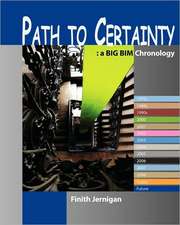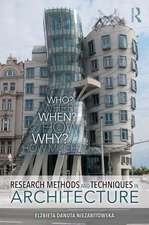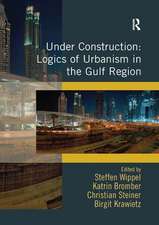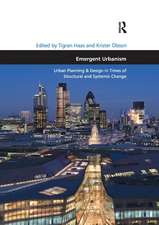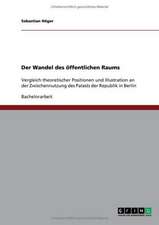Measuring Public Space: The Star Model
Autor Georgiana Varnaen Limba Engleză Paperback – 6 feb 2018
Preț: 330.10 lei
Preț vechi: 374.10 lei
-12% Nou
Puncte Express: 495
Preț estimativ în valută:
63.18€ • 65.78$ • 53.39£
63.18€ • 65.78$ • 53.39£
Carte tipărită la comandă
Livrare economică 10-24 martie
Preluare comenzi: 021 569.72.76
Specificații
ISBN-13: 9781138547216
ISBN-10: 1138547212
Pagini: 300
Dimensiuni: 174 x 246 mm
Greutate: 0.68 kg
Ediția:1
Editura: Taylor & Francis
Colecția Routledge
Locul publicării:Oxford, United Kingdom
ISBN-10: 1138547212
Pagini: 300
Dimensiuni: 174 x 246 mm
Greutate: 0.68 kg
Ediția:1
Editura: Taylor & Francis
Colecția Routledge
Locul publicării:Oxford, United Kingdom
Cuprins
Contents: Introduction. Part I Conceptualising Publicness: The publicness of public space as a cultural reality: defining a standard for public space; The publicness of public space as a historical reality: understanding the real estate development process. Part II Modelling Publicness: The star model of public space: from theoretical construct to methodological tool. Part III Assessing Publicness: Glasgow's experience of waterfront regeneration and the creation of new public space; How public are Glasgow's public places? A case study of three waterfront sites: Pacific Quay, Glasgow Harbour and Broomielaw; 'A journey of a thousand miles starts with a single step'. Annexes; Bibliography; Index.
Notă biografică
Georgiana Mihaela Varna is a researcher at the Scottish Cities Knowledge Centre, University of Glasgow, United Kingdom.
Recenzii
’Public space is an integral ingredient of urban life, with a degree of complexity that requires multi-dimensional sensibility in theory and practice. Georgiana Varna insightfully approaches the subject by developing a new methodology for assessing the publicness of public spaces through five dimensions (ownership, control, physical configuration, animation, and civility), which are exemplified by three cases from Glasgow.’ Ali Madanipour, Newcastle University, UK
Descriere
This book shows how urban design can complement other disciplines when tackling the complex task of understanding and improving the built environment’s public realm. It also bridges the gap between theory and practice as it draws from empirical research to suggest more quantitative approaches towards auditing and improving public places. By seeing where and why certain public places fail, direct and informed interventions can be made to improve them, and through this contribute to the building of more attractive and sustainable cities.





